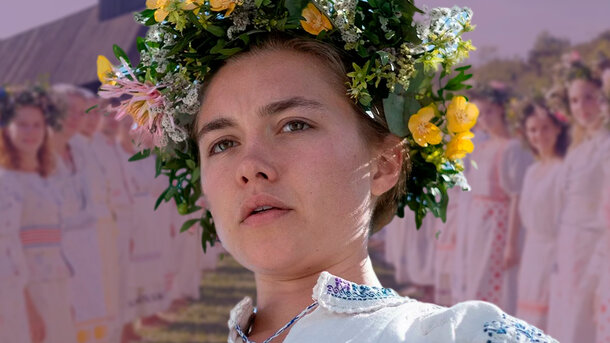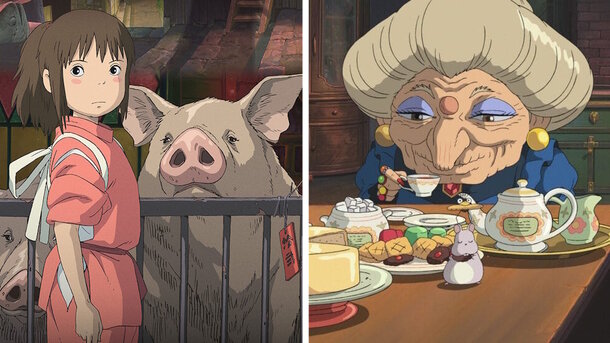Spring often signals hope and renewal. But in folklore — and on screen — it can also mean sacrifice, fear, and the return of ancient forces. From old rites to modern horror, filmmakers have long tapped into the darker meanings behind the season of growth.
Before spring became a symbol of chocolate eggs and floral dresses, it was tied to survival. Festivals like Ostara and Beltane celebrated fertility and the return of the sun, but often demanded offerings to ensure the land’s renewal. That tension — between life and what must be given up for it — lies at the heart of folk horror.
The Wicker Man & Midsommar: Sunlight and Sacrifice
In The Wicker Man (1973), May Day masks a chilling secret. A remote island community preserves its spring rituals — and they require blood. The contrast between cheerful tradition and brutal reality helped define folk horror as a genre. Ari Aster’s Midsommar (2019) modernizes this idea: all bright flowers and endless daylight, hiding terrifying rites of renewal. Both films turn spring’s warmth into something menacing.

Nature Isn’t Always Kind
In The VVitch (2015), spring’s arrival is no comfort to a Puritan family unraveling in the woods — nature is mysterious, even predatory. Wake Wood (2009) brings grief-stricken parents into contact with a pagan ritual promising rebirth — but at a cost.
And in The Green Knight (2021), Arthurian myth meets seasonal cycles, where honour, death, and renewal blur.
Fantasy Echoes
Fantasy films also reflect spring’s duality. Pan’s Labyrinth and Princess Mononoke explore nature as sacred, but dangerous. Growth comes with violence; life with decay. Similarly, The Secret of Kells (2009) uses Celtic myth and vibrant spring imagery to explore growth, loss, and the tension between light and shadow.

Spring, just like nature itself, in folk horror and fantasy, is more than a backdrop — it’s a character. It shapes the tone, drives the conflict, and often holds the key to transformation. Whether through ancient rites, supernatural forces, or inner awakenings, the season becomes a powerful symbol of change. These stories remind us that renewal in myth and cinema rarely arrives without tension — or consequence.










